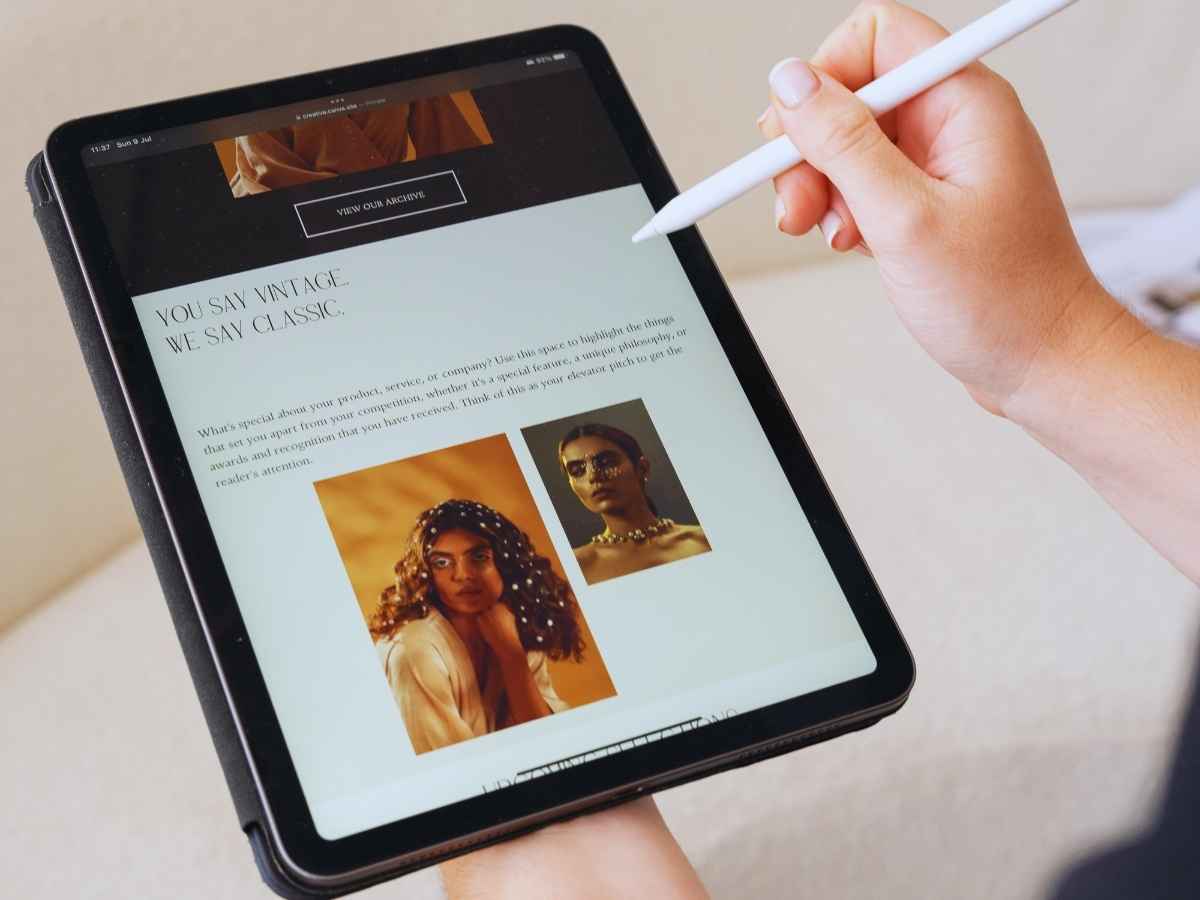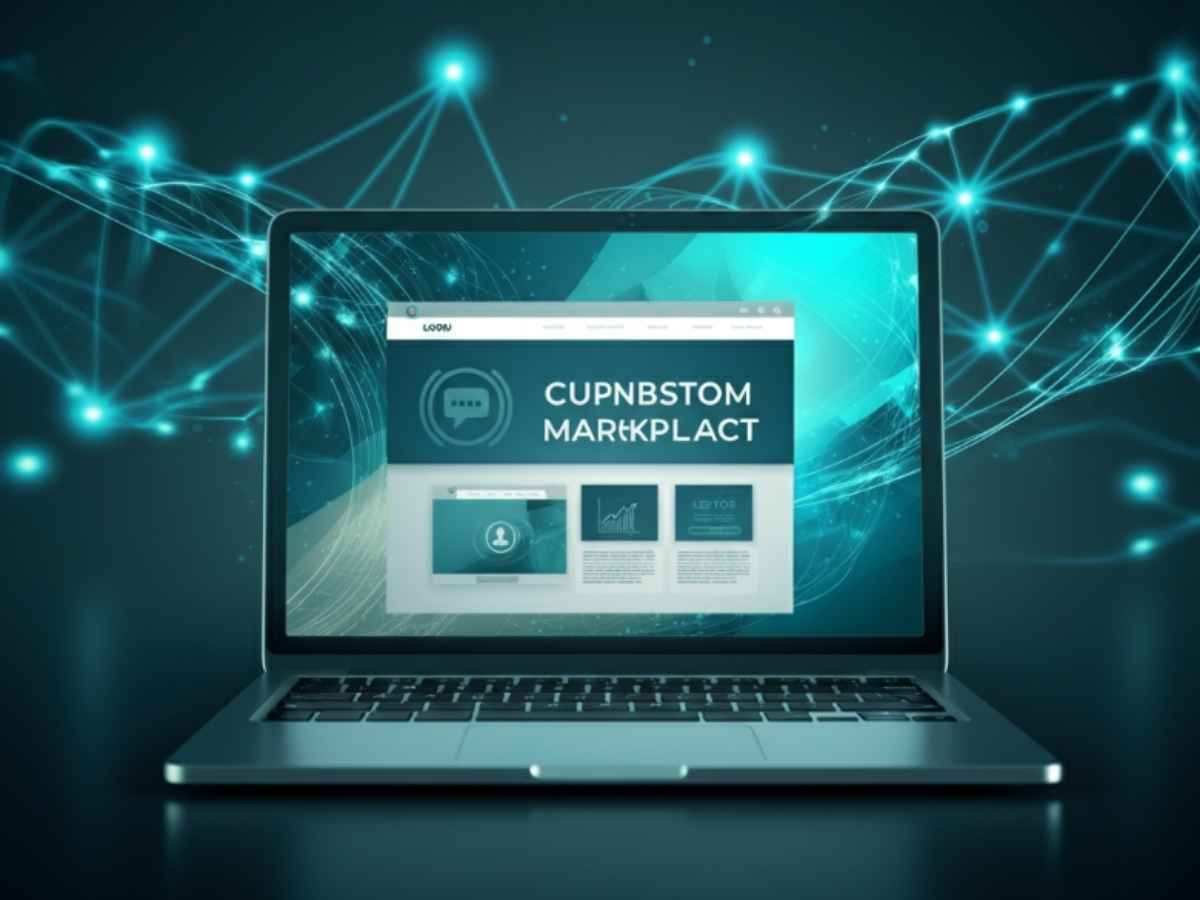Creating marketing collateral that stands out in a competitive market is essential for building brand recognition and driving results. Whether you’re a small business owner, a marketer refining a campaign, or a startup founder seeking to establish your presence, effective design can elevate your message from good to great.
What is marketing collateral exactly? It refers to the collection of materials used to communicate your brand’s message, promote your offerings, and engage your audience. It ranges from traditional print items like brochures and business cards to digital assets like email templates, social media graphics, and landing pages.
This article will give you practical tips and best practices to create compelling, brand-consistent marketing collateral that drives results.
Understanding Marketing Collateral and Its Importance
Marketing collateral is the backbone of your efforts to engage your audience and communicate what your business stands for. It includes any materials used to promote products, services, or causes. These materials can exist in print or in digital formats. Examples include:
- Print marketing collateral: Flyers, brochures, posters, business cards.
- Digital marketing collateral: Email templates, social media posts, landing pages, banners.
Why is it critical? Effective marketing collateral supports your branding efforts, builds customer trust, and acts as your silent salesperson. When done well, it helps articulate your offerings clearly and increases engagement with your target market.
For example, a well-designed email template showcasing a seasonal offer not only converts leads into customers but also reinforces your brand as modern and professional.
Studies show that visually cohesive collateral can boost brand recognition by up to 80%, underscoring why strong design is non-negotiable.

Key Elements of Effective Marketing Collateral Design
If you want your marketing collateral to drive results and leave a lasting impression, you’ll need to nail the basics. Here are some critical design elements, and why they matter:
Consistent Brand Identity
- Why it’s important: Consistent use of brand colors, fonts, and logos helps your audience instantly recognize your business. This familiarity breeds trust.
- Pro tip: Always refer to your brand guidelines to ensure consistency across all your materials.
Clear Messaging and Call to Action (CTA)
- Why it matters: A cluttered message loses attention quickly. Keep it sharp and ensure the CTA motivates your audience to take action, whether it’s “Sign Up,” “Learn More,” or “Download Now.”
- Pro tip: Use bold text or buttons for CTAs and place them centrally or prominently.
Balanced Layout and White Space
- Why it’s effective: A visually overwhelming design can confuse or push the audience away. Strategic use of white space improves readability and draws attention to the key elements.
- Pro tip: Follow the “rule of thirds” to balance imagery and text.
High-Quality Visuals
- Why it’s needed: A blurry, outdated image can ruin the professional impression, no matter how good the message.
- Pro tip: Use professional photos or high-resolution stock images that align with your brand’s tone.
Audience-Centric Design
- Why it’s crucial: Your design should cater to your audience’s preferences and align with their expectations. A corporate audience expects a professional aesthetic, while younger audiences may appreciate a trendier, more casual design.
When these elements are harmonized, your collateral won’t just inform; it will inspire and persuade.
Designing Print Marketing Materials That Stand Out
Print marketing materials remain highly impactful, especially for face-to-face efforts like trade shows or in-store promotions. To make your print collateral memorable, keep these tips in mind:
Choose High-Quality Materials
- Tip: Invest in durable paper with options like matte or glossy finishes for an elevated look and feel.
Grab Attention with Headlines
- Tip: Create a headline that’s short, punchy, and directly resonates with your audience. For example, “Boost Productivity with Our AI Tools” is far clearer than “Introducing the Best Solution.”
Keep Copy Concise
- Tip: Less is more when it comes to print. Use bullet points to communicate your key benefits and avoid overwhelming readers with lengthy paragraphs.
A Mini-Guide to Brochure Design
For brochures, use a clean layout. Organize content so it’s easy to skim, and add visuals that break the monotony of text. Ensure every page answers a key audience question or highlights a benefit.
Print marketing materials not only support your direct campaigns but also effectively complement your digital efforts when paired strategically.
Creating Impactful Digital Marketing Collateral
Digital collateral is vital for engaging today’s tech-savvy audience. From social media graphics to email layouts, design plays a huge role in grabbing attention.
Optimize for Multiple Devices
- Tip: Ensure your materials are mobile-friendly. For instance, email templates must look flawless on both desktop and smartphone screens.
Add Interactive Elements
- Tip: Use clickable buttons, hover effects, or animations on landing pages to create a memorable experience.
Keep File Sizes Optimized
- Tip: Large files can slow page loading times, leading to drop-offs. Compress images without sacrificing quality and minimize heavy animations.
Marketing Tools for Digital Collateral
- Canva for quick, professional designs.
- Adobe Creative Cloud for detailed customizations.
- Tools like Figma for collaborative design projects.
By amplifying your digital presence with optimized materials, you elevate your brand visibility online.
Best Practices for Consistency and Branding in Marketing Collateral
Brand consistency isn’t just a buzzword. It’s what sets apart a cohesive, recognizable brand from an inconsistent one.
- Establish guidelines: Create a playbook including color palettes, fonts, tone of voice, and logo placement rules.
- Leverage templates: Streamline workflows with pre-approved templates for everyday content creation.
- Review regularly: Update your collateral every quarter to ensure it aligns with current branding and responds to relevant trends.
The reward for consistency? Higher brand loyalty and better customer retention.

Measuring the Success of Your Marketing Collateral
Effective design doesn’t end at creating beautiful materials; it’s also about gauging their performance.
Tracking Print Collateral
Add unique QR codes or landing page URLs on brochures to measure engagement.
Tracking Digital Collateral
Use analytics tools to track metrics like:
- Click-through rates (CTRs).
- Conversion rates (e.g., downloads or form submissions).
- Social media shares.
Always collect feedback directly from customers and incorporate their suggestions for continuous improvement.
Create Marketing Collateral That Drives Results
Thoughtfully designed marketing collateral is your brand’s most reliable storyteller. From eye-catching brochures to impactful email campaigns, every piece plays a critical role in engaging your audience and driving growth.
Apply the design tips in this post to create cohesive, professional materials that reflect your brand’s best qualities. Need a little extra help? Download our free templates or leverage professional design services to get started.





